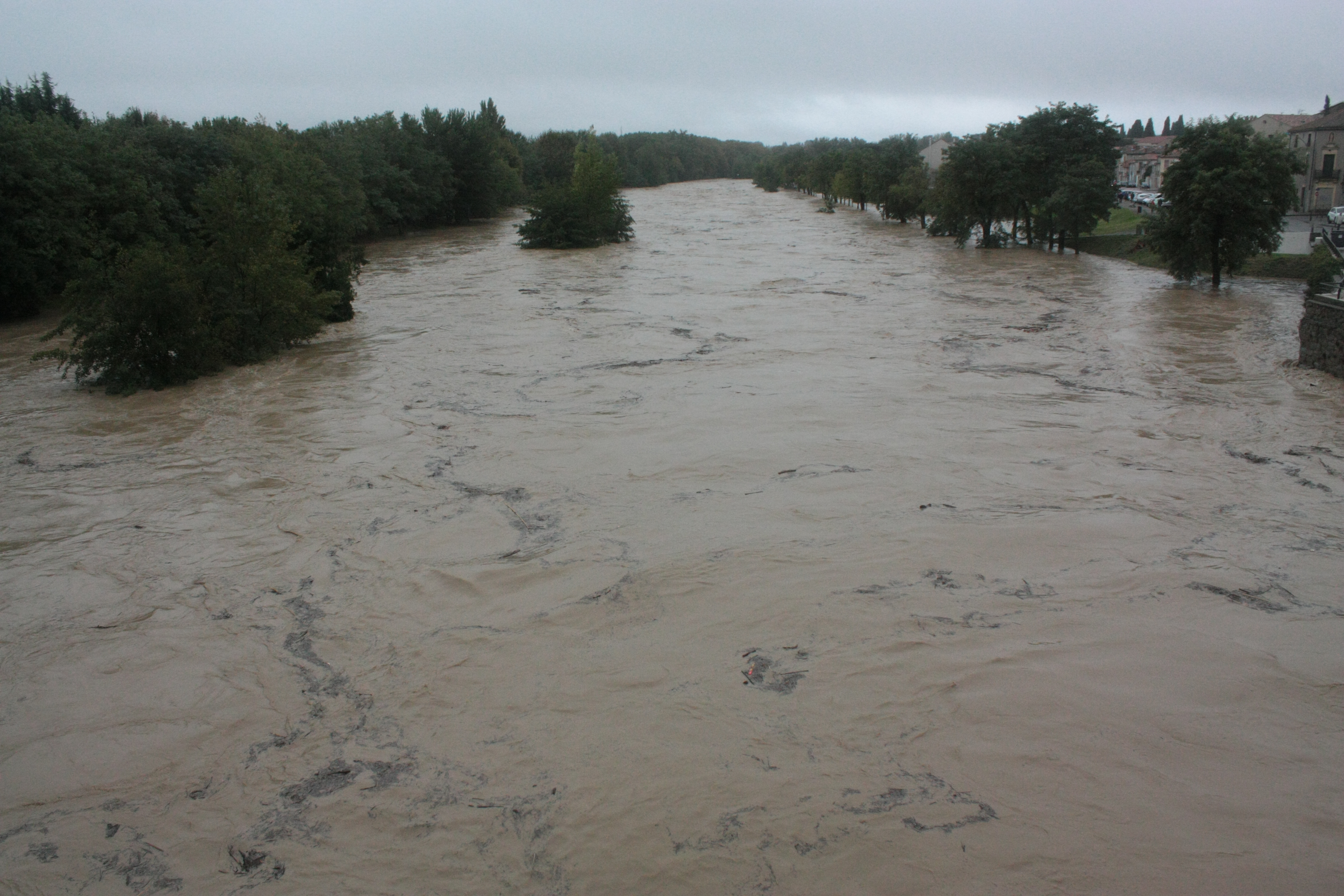 Tylwyth
Eldar, CC BY-SA 4.0
<https://creativecommons.org/licenses/by-sa/4.0>, via Wikimedia
Commons
Tylwyth
Eldar, CC BY-SA 4.0
<https://creativecommons.org/licenses/by-sa/4.0>, via Wikimedia
Commons Site
du lycée De Baudre | Accueil Euro Physique Chimie | IPCC| Climate change
Sea level rise, explained
Those changes affect mostly the rising of warmer oceans
level and, in
the last 25 years, water has flooded part of the coasts.
Glaciers are supposed to naturally melt in the summer,
inducing the
level of seas and oceans to rise. But the snow made in the winter from
the
seawater is normally enough to balance the level of the water.
Recently, an
imbalance was created by the new temperatures. In the summer, the heat
is melting
the glaciers faster and faster, and in the winter the snowfalls are
barely
still happening like before, not producing enough ice.
The ice sheets are actually melting along the glaciers in
Greenland and
Antarctica. The last one is also becoming unstable and that is why
scientists
are worrying. The fact, that those two big ice sheets are moving
quickly and melting
too fast, can be quite dangerous for the sea level.
 Tylwyth
Eldar, CC BY-SA 4.0
<https://creativecommons.org/licenses/by-sa/4.0>, via Wikimedia
Commons
Tylwyth
Eldar, CC BY-SA 4.0
<https://creativecommons.org/licenses/by-sa/4.0>, via Wikimedia
Commons